Five Different Types of Service Dogs
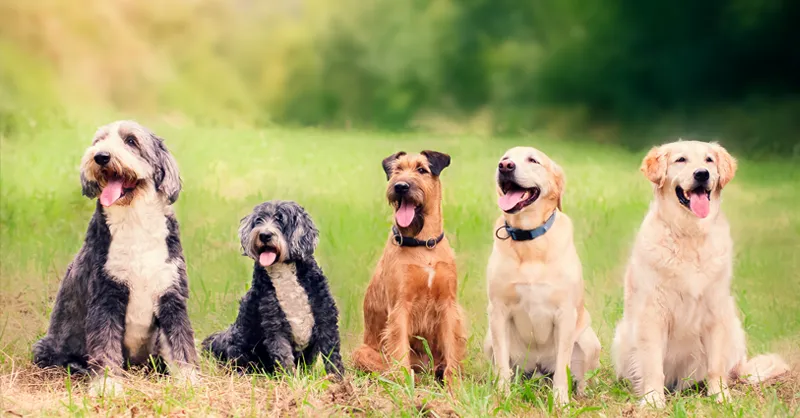
While all service dogs have to perform a specific task that helps their owners’ disability, different service dog tasks can be easier for certain dog breeds to learn and execute. That is why there is an unofficial classification system that groups these animals into five types of service dogs.
Five Types of Service Dogs
- Cardiac Service Dogs
- Mobility Service Dogs
- Allergy Detection Service Dogs
- Psychiatric Service Dogs
- Guide Dogs
For mobility, size matters, as allergy detection relies on a keen sense of smell and an awareness of their surroundings. The tasks may have similarities, but the traits of the dog breeds are what distinguish which types of service dogs may be better suited for certain tasks than others.
Share this image on your site
1. Cardiac Service Dogs
Through their sense of smell, trained cardiac service dogs can recognize dangerous changes in a person’s heart rate or blood pressure. They alert people with heart problems to take immediate interventions, far quicker than people can identify the changes themselves.
Although they can’t perform cardiopulmonary resuscitation (CPR), cardiac service dogs can receive training to notify emergency services. They can also obtain life-saving medication if their owner becomes disoriented or unconscious. This means they need to be able to easily reach the countertop where medication is stored, have a strong sense of smell, and be able to pick up on their owner’s behaviors. They should also enjoy companionship over independence, so they can be there when their owners need them most.
Some breeds that may make better cardiac service dogs include:
- Golden Retrievers are a great option if there is someone to exercise them, as they require regular exercise to run and play. Their gentle temperament and love of human attention keep them close, and they tend to pick up on the emotions and feelings of their owners.
- English Springer Spaniels are able to reach most countertops, but you may need a lower shelf for them. They’re known for their trainability and keen sense of smell, making them a good breed for cardiac service dogs.
- Cocker Spaniels are another excellent option for cardiac service dogs, as their breeding for scent and loyalty makes them ideal for scent-based tasks like detecting changes in your body.
Two other breeds to consider are Standard Poodles and Beagles. Both are known for their ease of training, empathy for their owners, and strong sense of smell.
2. Mobility Service Dogs
Mobily service dogs do more than fetch items for their owners; they can help their owners navigate the world without falling or hurting themselves. Trained to assist people who struggle with mobility issues (like difficulty walking, paralysis, or prone to falling), mobility service dogs specifically assist their handlers’ needs.
A mobility service dog can receive training to perform various tasks, like picking up dropped items, removing small obstacles from a person’s path, or act as a brace for people with balance problems. Mobility service dogs also receive training to obtain objects for their handler, keeping their handler sitting and minimizing the chances of their handler falling. When used as a brace, mobility service dogs tend to be large-sized breeds because they must be large enough to bear at least a portion of their owner’s weight.
When selecting breeds for mobility service dogs, large breeds may be more suitable than smaller ones. Look for a dog that is large enough to provide you with support, can help clear a way for you while out in public, and is able to reach counters and tabletops to fetch items you need at home. They also need the strength to handle heavier tasks, which could include opening the fridge.
Size isn’t the only thing that matters; the dog will need to have a more serious demeanor, as you don’t want to get into a tug of war over an item you need if the breed is a tug-and-pull play type. Extra training may be required for Golden and Labrador Retrievers as they tend to love these types of games, but that shouldn’t stop you from choosing one of them.
Some breeds that make good mobility service dogs include:
- German Shepherds are protective by nature, which works well if you’re fearful in public. They are easy to train and thrive when their handler is happy. Because of their large size, they’re perfect for lending you support and helping to clear the way to make it through tricky public spaces.
- Bernese Mountain Dogs are large enough to help you move through a crowd, and they love being with their humans. Their size allows them to perform weight-bearing tasks or provide support, enabling their handler to stay balanced. They’re also great at pulling wheelchairs.
- Great Danes are an ideal mobility service dog because they have been bred to learn tasks quickly, and their size makes them perfect to provide you with support and balance for walking assistance. They can reach high counters and places a smaller breed cannot, making them one of the best mobility service dog breeds.
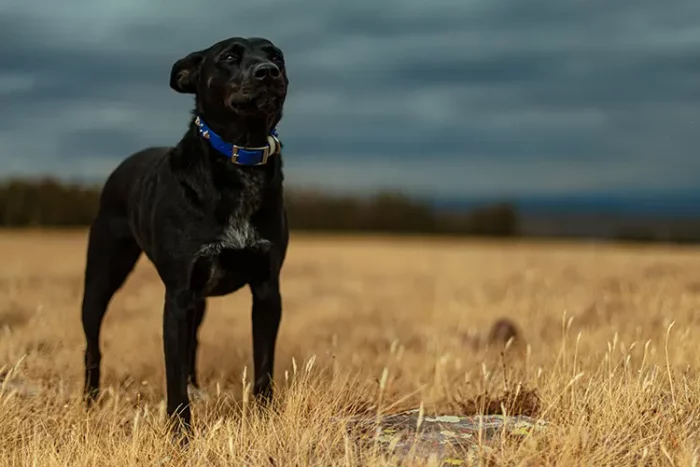
3. Allergy Detection Service Dogs
Allergen detection service dogs use their keen sense of smell to tell if an allergen is present to cause harm to their handler. For example, a person with a severe peanut allergy might be served a piece of cake without peanuts, but the cake was cut with a knife previously used to cut a peanut-containing dessert. An allergen detection service dog can spot the smell of a peanut, even if it’s weak, and alert its owner to its presence.
It is important to note that allergen detection service dogs aren’t on the lookout for substances, but rather for specific odors. If a substance is present but has no odor, the service dog may not be able to identify the allergen.
Because the primary task is sensory and allergy detection, allergen detection service dogs usually do not need to help their owners with mobility; therefore, size does not matter as much as the breed. This makes dog breeds with a strong sense of smell, and who are also in tune with their owner’s presence, a great match, including:
- Beagles have a supernatural ability to detect even the faintest odors in a room.
- Portuguese Water Dogs were bred for scent work while out fishing, including scenting where fish are, finding nets, and other tasks where the water could get in the way. The breed has developed an incredible sense of smell, allowing them to detect distinct odors in the air.
- Toy Poodles were bred to perform tasks around water, much like the Portuguese Water Dogs, which gives them an amazing sense of smell. Their petite size makes them perfect for holding on your lap while traveling or flying, and to place in a chair next to you while you eat.
4. Psychiatric Service Dogs
Psychiatric service dogs perform a specific task to alleviate their handler’s psychiatric disorder, which is different from an emotional support dog (ESA) or therapy dog, which only needs to provide comfort for a psychological disorder. Psychiatric service dogs are trained to sense changes in their owner’s mental state and provide interventions that assist their handler with their emotions. Psychiatric service dogs also receive training to identify triggers that can increase their handler’s agitation or anger and steer their handler away from such situations.
People who suffer from auditory or visual hallucinations can also benefit from a psychiatric service dog. The dog can undergo training to help identify if a third individual is present or if it is merely a hallucination. Another task is to guide their handler home or to safety if the owner becomes confused. Psychiatric disorders can be frightening; therefore, psychiatric service dogs provide a layer of support and assistance at all times.
For disorders where the owner will need help getting home and may be disoriented, a larger dog breed can be beneficial as, they can use their size and weight to help prevent the owner from walking into trouble. If the disorder requires more calming and de-escalation, smaller and mid-size dog breeds can apply pressure therapy and perform other tasks, so the best breed will depend on the specific disorders they treat. The traits to look for in a psychiatric service dog are empathy and a sixth sense, where the breed tends to pick up on the emotions of their owner.
Breeds that make great psychiatric service dogs include:
- Golden and Labrador Retrievers excel in tasks that involve both mobility and mental health needs, as they are known for their strong sense of empathy and ability to pick up on their owners’ changes in mood, behavior, and detect signals when something is wrong.
- Border Collies are highly attuned to emotions, and their instincts to round up cattle enable them to pick up even the tiniest emotional and behavioral cues, which helps them stay safe in the fields. This makes them ideal for anxiety, PTSD, and panic disorders.
- Australian Shepherds possess the same attributes as the Border Collie, and they’re also known to predict emotional issues and changes even before the person having them does.
Wonder if your disorder qualifies for a psychiatric service dog?
Get an assessment by a licensed health professional.
5. Guide Dogs
Service dogs for the visually impaired, or guide dogs, are the most well-known type of service dogs. It’s relatively easy to spot this type of service dog because they wear a special harness that distributes pressure in a specific way, enabling a guide dog’s handler and the dog to communicate with each other quickly. For example, crossing a busy, noisy street can be exceptionally dangerous for the visually impaired. A guide dog with a harness enables the dog to pull and communicate with its handler when to proceed and stop.
Unlike most other service dogs, guide dogs are trained for “intelligent disobedience,” meaning that they can go against or ignore their handler’s instructions if the situation is dangerous. They receive training to identify hazards or conditions that can jeopardize safety. Golden Retrievers are some of the most popular breeds for guide dogs, but there are others, including:
- German Shepherds have an instinct to protect their owners, which is essential if the person is blind. Their intelligence makes them well-suited for learning tasks that will help their handler function effectively in everyday life, and they possess excellent spatial awareness.
- Boxers can be considered as they are bred to protect their owner. Their size can block their owner if a guide stick or cue does not register. And, on top of that, they have a friendly temperament.
- Vizslas or Pointers are highly trainable dogs bred for finding, retrieving, and performing tasks while being aware of their surroundings. They’re attentive and thrive when they know their handler is safe and happy, making them a great choice.
A Service Dog For All Needs
Service dogs can assist owners in overcoming any physical or mental disability. However, choosing the right dog for the job is paramount to a service dog’s successful training. But whatever your needs may be, any one of the different types of service dogs can help you live a more fulfilled and happy life.
About the Author: The writing team at Service Dog Certifications is made up of folks who really know their stuff when it comes to disability laws and assistance animals. Many of our writers and editors have service dogs themselves and share insights from their own experiences. All of us have a passion for disability rights and animals.
4 comments
Leave a Reply Cancel reply
Latest Posts

Dangerous Materials Hiding in Your Dog Products
Jake’s German Shepherd began developing strange rashes around his collar. Three vet visits later, they figured out the leather was treated with chromium — a chemical that irritates sensitive skin. Jake had no idea his dog’s collar contained industrial chemicals. Most dog owners don’t know what goes into the products they buy. Many companies use […]

Read More

Can You Bring a Service Dog to a Basketball Game?
Yes, you absolutely can bring your service dog to basketball games. Whether you’re heading to your local high school tournament, a packed college rivalry game, or splurging on NBA tickets, the Americans with Disabilities Act protects your right to be accompanied by your service dog anywhere the public can go. When you arrive, venue employees […]

Read More

Best Pet Health Insurance Providers
If you own a pet, you know how important — and expensive — vet care can be. One way to offset those costs is to purchase pet health insurance. Like typical health insurance, pet insurance is available at many price points, and can cover all, most, or only some of your vet-related costs. It can […]

Read More
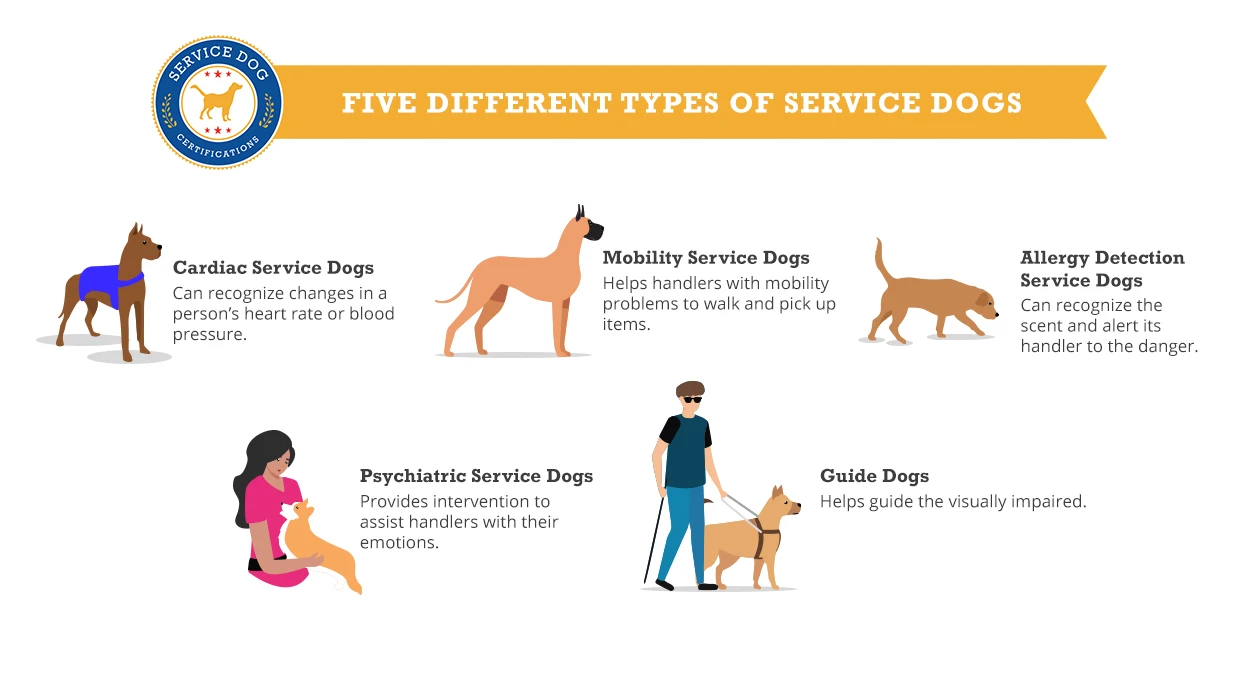
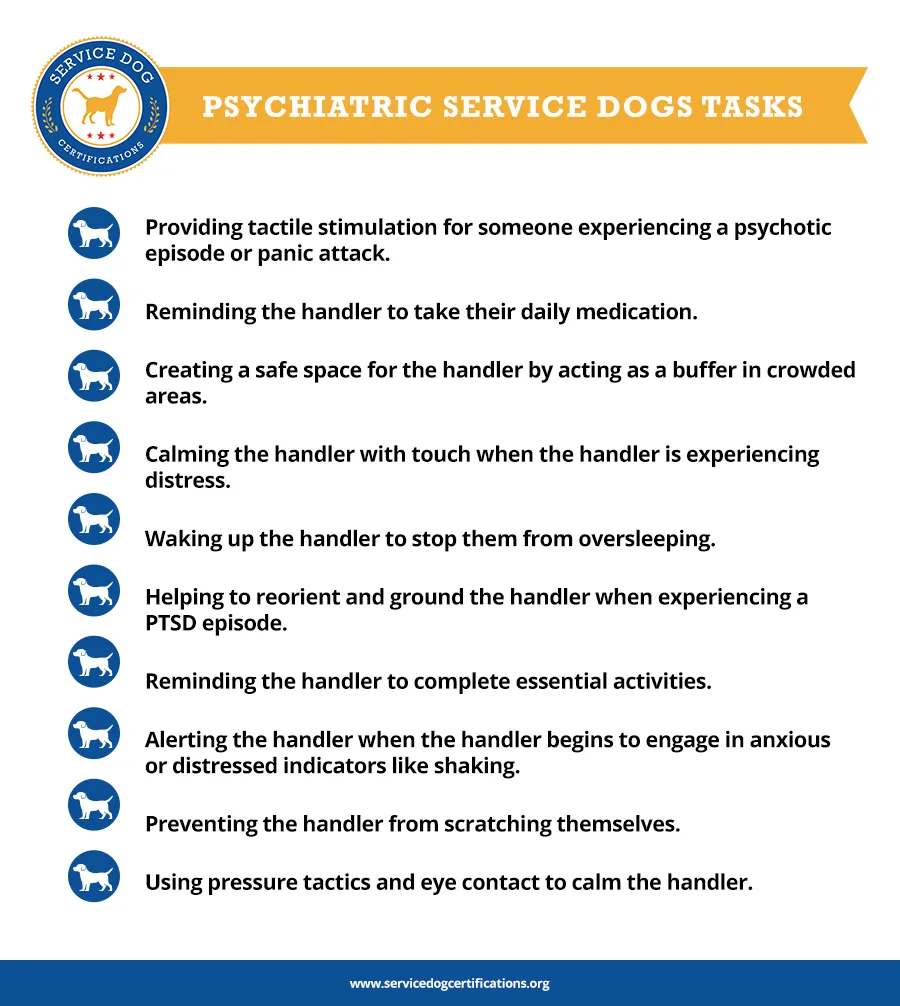
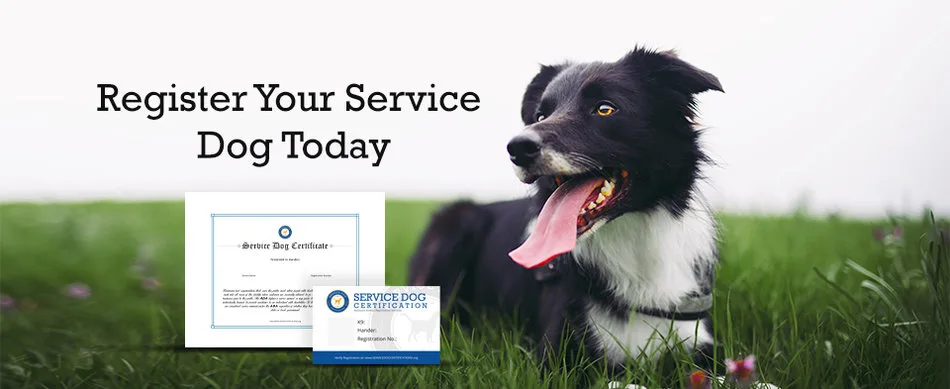
You left off Diabetic Alert Dog!
You also left out seizure alert dog!!!
Seizure alert dogs are also invaluable for their owners. There are too many types of wonderful service dogs to list in one article.
They would fall under the medical alert dog section. I actually have one and he is literally a life saver.